7 Tips to Know Before Buying an Indoor Plant Growing System

7 Tips for Choosing the Perfect Indoor Plant Growing System: Size & Lighting, Plant Species, Maintenance Needs, Adjustable Controls, Drainage & Ventilation, Energy Efficiency, User Reviews
Hey there, fellow plant enthusiasts! Growing your own greenery indoors can be a truly rewarding experience, but choosing the right indoor plant growing system is crucial for success. To help you make an informed decision, I've compiled 7 essential tips to guide you through the process.
1. Determine the size and lighting requirements for your indoor space. Before diving into specific systems, assess the available area and its lighting conditions. This will help you narrow down the options to those that fit your space and provide optimal growing conditions.
2. Research the specific plant species that will thrive in your environment. Not all plants are created equal! Some prefer warm, humid conditions, while others flourish in cooler, drier environments. Identifying the plants you want to cultivate will help you select a system with the right features to support their growth.
3. Consider the maintenance needs, such as watering and pruning schedules. A system that requires extensive daily upkeep might not be the best fit if you have a busy lifestyle.
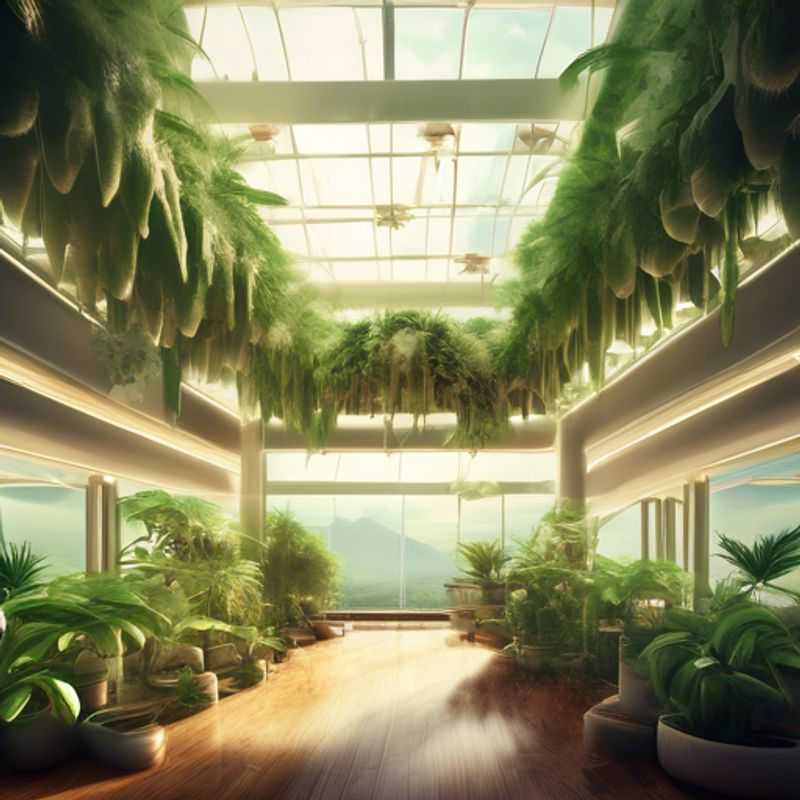
Sizing Up Your Space: Determining Lighting Needs for Your Indoor Haven
Determining the size and lighting requirements for your indoor space is crucial for creating a functional and comfortable environment. Here's a quick guide to help you navigate this process:
Size: The first step is to measure your space accurately. Consider the intended use of the room, such as living, working, or sleeping. You'll need to factor in furniture placement and traffic flow. Remember to leave ample room for movement and avoid overcrowding.
Lighting: Lighting plays a significant role in setting the mood and functionality of a space. Natural light should be maximized whenever possible. Use windows to bring in sunlight, and consider skylights if feasible.
Artificial Lighting: For evening hours and specific tasks, artificial lighting is essential. Determine the types of lighting needed, such as general illumination, task lighting, or accent lighting. Consider using energy-efficient LED bulbs and smart lighting systems for greater control and savings.
Professional Assistance: If you're uncertain about lighting requirements, it's advisable to consult a professional lighting designer. They can provide customized solutions based on your space, needs, and budget. Hiring a professional can ensure optimal lighting for your specific needs, contributing to a more pleasant and efficient indoor environment.
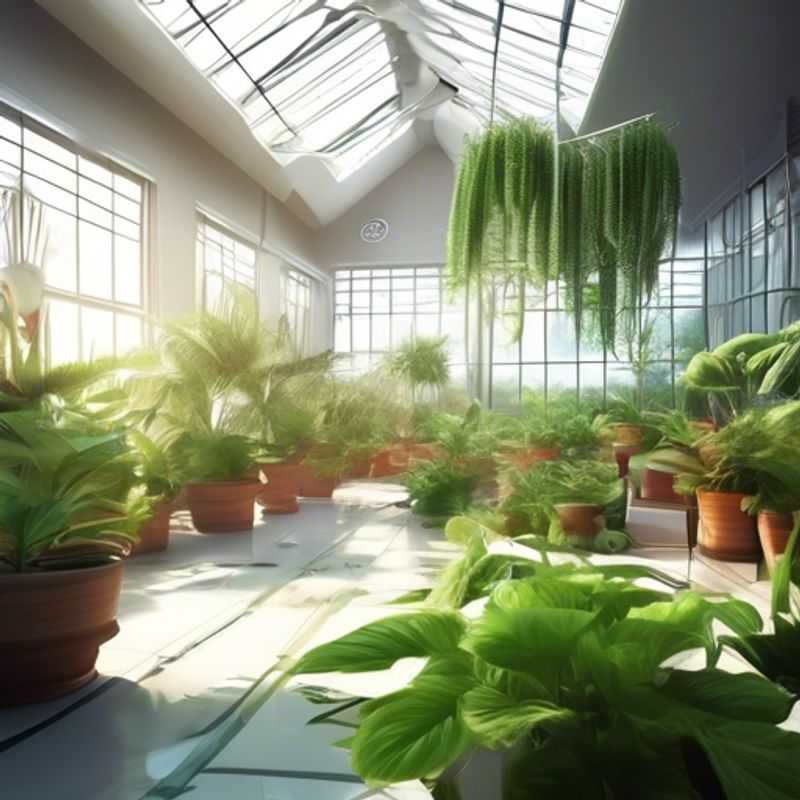
Choosing the Right Plants: Understanding Your Environment for Success
Before you start planting, make sure you research the specific plant species that will thrive in your environment. This includes understanding the local climate, soil type, and sunlight exposure. You'll want to choose plants that are adapted to these conditions for optimal growth.
For example, if you live in an area with hot, dry summers, you'll want to choose plants that are drought-tolerant. You can also consult with local nurseries or gardening experts for specific recommendations.
Here are some key factors to consider when researching plant species:
* Climate: Temperature, rainfall, humidity, and frost patterns all play a role in plant growth.
* Soil type: Soil pH, drainage, and nutrient content are crucial for plant health.
* Sunlight exposure: Plants require different amounts of sunlight to thrive.
* Pest and disease resistance: Some plants are more susceptible to pests and diseases than others.
By researching the specific plant species that will thrive in your environment, you can save time, money, and effort in the long run. You'll also be more likely to enjoy a beautiful and healthy garden.
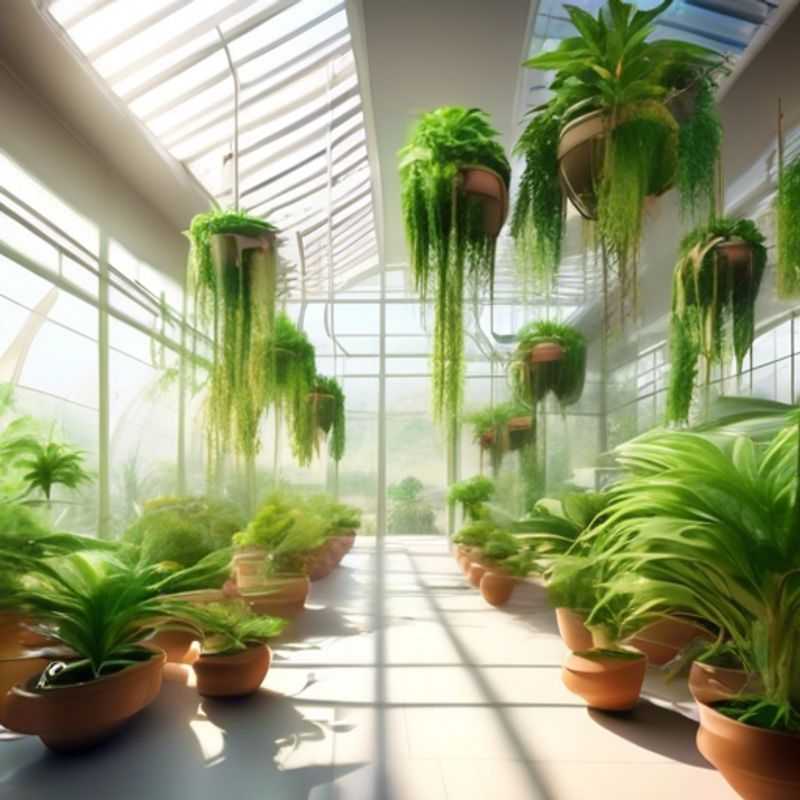
Don't Forget Maintenance: Watering, Pruning, and Keeping Your Plants Happy
Consider the maintenance needs of your workflow products. This includes regular upkeep, such as watering and pruning schedules for plants or equipment cleaning for tools. Neglecting maintenance can lead to reduced productivity, increased downtime, and even safety hazards. A well-maintained workflow product is a happy and productive one!
When planning for maintenance, factor in the time and resources required. For example, a lawnmower might need regular oil changes, while a computer system may require software updates. Consider the cost of parts and labor for any repairs, as well as the potential cost of lost productivity if a product is down for maintenance. It's always better to be proactive than reactive when it comes to maintenance!
Set up a maintenance schedule that fits your specific needs and resources. This schedule should include tasks like cleaning, inspection, lubrication, and replacement of parts. Keep detailed records of maintenance activities, including dates, tasks performed, and any parts replaced. This will help you track the performance of your workflow products and identify potential issues before they become major problems. A little bit of preventative maintenance goes a long way!

Fine-Tuning Your Workflow: Why Adjustable Lighting and Temperature Matter
When setting up your workspace, consider a system with adjustable lighting and temperature controls. These features can significantly impact your productivity and well-being. Adjustable lighting allows you to tailor the brightness and color temperature to your preference, reducing eye strain and fatigue. Temperature control ensures you maintain a comfortable working environment, especially important in varying climates. This is a worthwhile investment, as it can boost your productivity and help you stay focused throughout the day. Note: These features may add to the initial cost of your workspace setup, but the long-term benefits far outweigh the investment.

Ensuring Proper Drainage and Ventilation: A Crucial Step for System Longevity
Proper drainage and ventilation are crucial for any system, preventing problems like mold growth, corrosion, and equipment failure. Ensuring adequate drainage involves directing water away from the system, typically through channels, pipes, or pumps. This prevents water buildup that can lead to damage or create breeding grounds for microorganisms. Ventilation, on the other hand, involves providing fresh air circulation within the system. This helps to remove moisture, regulate temperature, and prevent the buildup of harmful gases. Proper ventilation also helps dissipate heat generated by equipment, ensuring optimal performance.
When evaluating a system for drainage and ventilation, consider factors like:
• The type and volume of water generated by the system
• The surrounding environment and potential for water ingress
• The type of equipment used and their heat dissipation needs
• The existing drainage and ventilation infrastructure
Based on these factors, you can determine the appropriate drainage and ventilation measures needed. This may involve installing new drainage channels, pipes, pumps, or ventilation fans. It may also require modifications to existing infrastructure or the addition of insulation to prevent heat loss. While installing new systems can be expensive, ignoring drainage and ventilation can lead to costly repairs and operational disruptions.
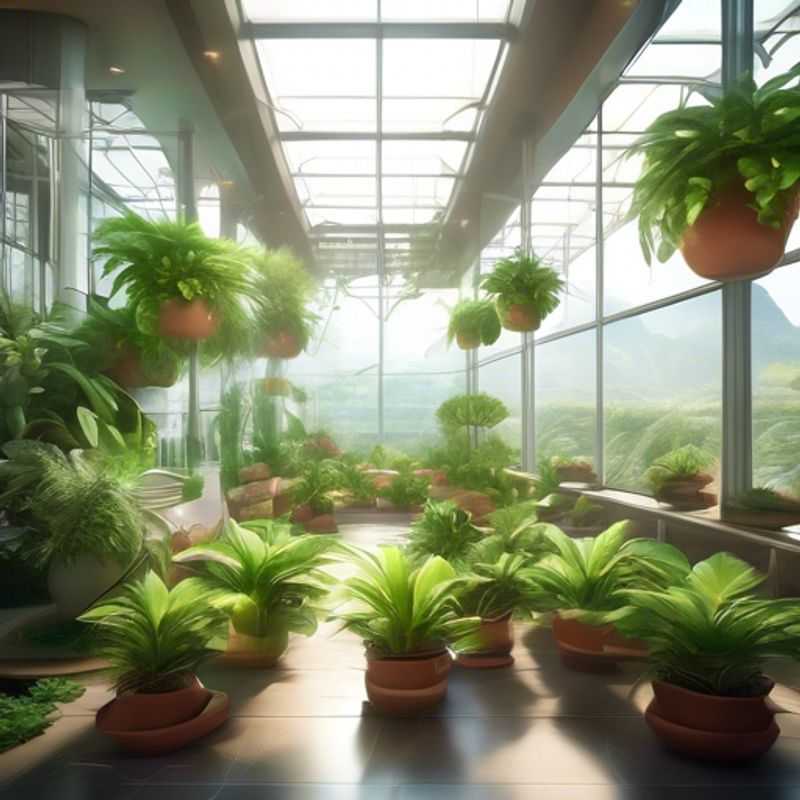
Save Money and the Planet: Checking for Energy-Efficient Features
Choosing energy-efficient appliances can significantly reduce your electricity costs. Look for the Energy Star label, which indicates the appliance meets government standards for energy efficiency. Energy-efficient appliances are designed to use less energy to operate, saving you money on your utility bills over time.
LED lighting is highly energy-efficient and lasts much longer than traditional incandescent bulbs. Switching to LED lights can save you money on both electricity and bulb replacements.
Smart thermostats can help you save energy by automatically adjusting your heating and cooling based on your schedule and preferences. Smart thermostats can learn your habits and adjust the temperature when you're away or asleep, saving you money without compromising comfort.
Energy audits can identify areas in your home where you can save energy. A professional energy auditor will inspect your home and recommend improvements such as insulation, sealing air leaks, or upgrading windows. While there is a cost associated with an energy audit, the savings you achieve on your utility bills can often offset the cost of the audit.
Remember, energy-efficient appliances and features are a long-term investment. You'll save money over time on your energy bills. While there may be an initial cost involved, the long-term savings on your electricity bill will make your investment worthwhile.
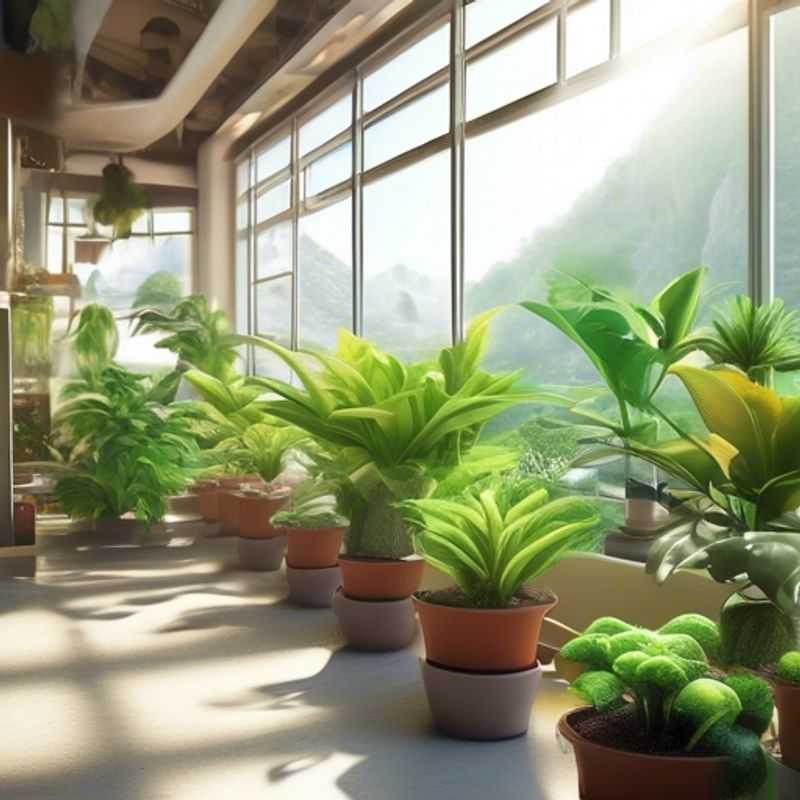
Choosing the Right System: How User Reviews and Ratings Can Help
When evaluating a system, user reviews and ratings can be valuable indicators of its reliability. Look for reviews from multiple sources, including websites, forums, and social media platforms.
Pay attention to the number of reviews and ratings, as well as the average rating. A large number of reviews and a high average rating generally indicate a reliable system. Look for reviews that are detailed and specific, as these provide a more comprehensive picture of the system's performance. Consider reviews that highlight both positive and negative aspects of the system.
Be aware that some reviews may be biased or fake. Look for reviews from reputable sources, and be cautious of reviews that seem overly positive or negative.
Keep in mind that user experiences can vary depending on factors such as individual needs and preferences. Consider your specific requirements when evaluating user reviews. Don't rely solely on user reviews and ratings, but use them in conjunction with other sources of information, such as product demos, documentation, and expert opinions.
